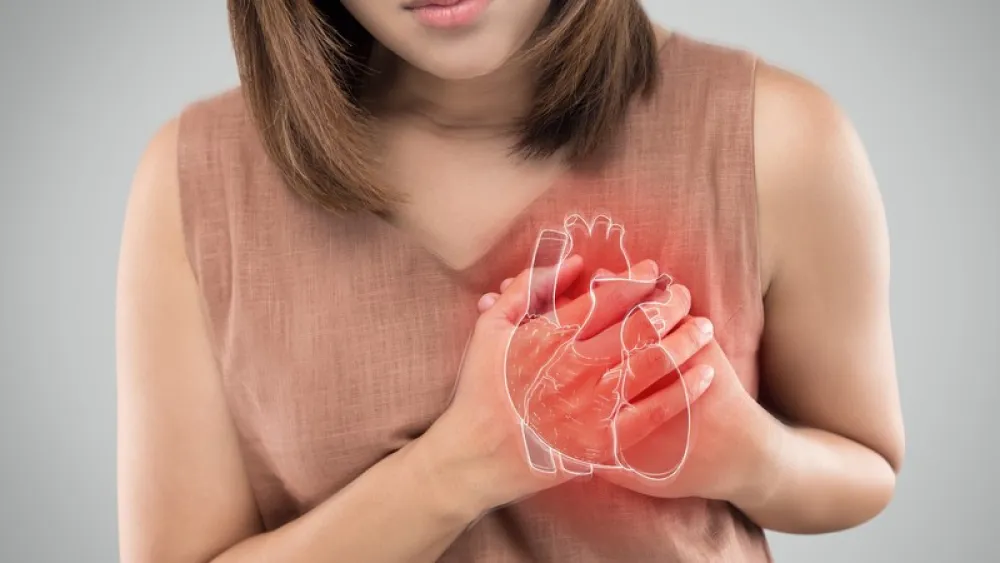




Women's Health
Not All Heart Attack Symptoms Created Equal


We’re likely all familiar with what a heart attack is – occurring when blood flow to the heart is blocked or reduced. But if you’re a woman reading this right now, ask yourself: What would it feel like to suffer a heart attack? How might you respond?
If extreme tightness and pressure followed by grabbing your chest and gasping for air come to mind, you’re not necessarily out of touch with reality. But you may not be totally in touch with it, either.
What it could feel like
In the case of a heart attack, men and women could very well experience a situation like the one detailed above. But it may be just as likely that women experience the following symptoms, instead:
- Shortness of breath
- Dizziness
- Lightheadedness and fainting
- Extreme fatigue (unable to catch your breath even with little to no movement)
- Lower chest or abdomen pressure and heartburn (can feel like tightness, fullness, burning or squeezing)
- Pain or tightness in the upper back, neck, jaw or arms (it can be gradual, sudden or come and go)
- Nausea and vomiting
- Cold, clammy sweating
While about two-thirds of women still get the classic chest pain symptoms, it can be downright deadly when they start to believe that the signs of a heart attack are always obvious – when they start to think, “This isn’t drop-to-my-knees chest pain, so I must be OK.”
Heart disease is the No. 1 killer of women in the United States, yet they’re the ones who tend to blame these types of symptoms on much less severe conditions like getting older, illness or acid reflux.
What puts you at higher risk
Just as important as recognizing the symptoms of a heart attack is understanding the risk factors for heart disease.
For women, those risk factors include:
- High blood pressure
- High blood cholesterol
- Diabetes and prediabetes
- Smoking
- Obesity
- Physical inactivity
- Family history of early heart disease
- History of preeclampsia during pregnancy
- Following an unhealthy diet
- Age (55 or older)
Awareness and modification are key. Knowing your risk factors and modifying the ones you can, make a big difference when it comes to your heart health.
What prevention looks like
While some risk factors can’t be changed, there’s a lot you can do.
Take care of yourself by:
- Schedule an appointment with your Methodist Physicians Clinic health care
 provider to see whether you’re at risk of heart disease
provider to see whether you’re at risk of heart disease - Moving more (walking 30 minutes a day can decrease your risk for heart attack)
- Incorporating healthy foods into your family’s diet
- Quitting smoking (after a year, this can decrease your risk of coronary heart disease by 50 percent)
Lastly, if you are having symptoms you just can’t explain, stop what you’re doing and call 911 immediately. While many women might try to avoid taking an ambulance, it’s a person’s best shot at survival. Quite possibly the difference between life and death.


